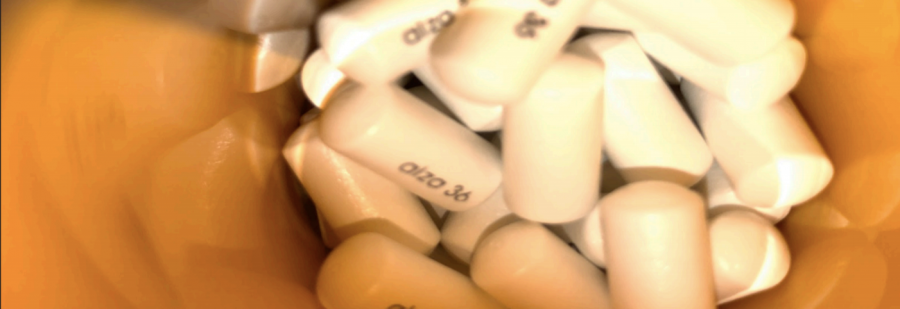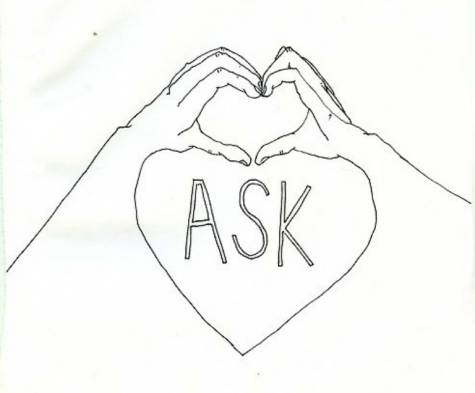Dangers of Addictive Stimulants Misused by Students
March 8, 2019
Stimulants are drugs that act on the central nervous system and affect chemicals in the brain and nerves that contribute to alertness, hyperactivity, and impulse control. The drugs are legal by prescription and are often used to treat attention deficit hyperactivity disorder and narcolepsy.
Prescription stimulants are beneficial only for those who are diagnosed with ADHD or narcolepsy by a healthcare professional; however, they are classified as a Schedule II drug under the Controlled Substances Act due to the high potential for addiction and abuse. Misuse and abuse of these stimulants has been a growing problem among teens and young adults.
“It is important for people to know that the misuse and abuse of prescription stimulants can lead to substance use disorder, which can lead to addiction,” said Courtney Ho, Prevention Specialist at Coalition for a Drug-Free Hawaii.
Ho has been a prevention specialist at CDFH for a little over a year and is dedicated to serving Hawaii’s communities with programs that strengthen health, wellness, and resiliency against drug abuse, including drugs prescribed by doctors.
Ho explains prescription stimulants as medicines prescribed by a health care professional to treat ADHD and narcolepsy. About 2 million American teens suffer from ADHD and are prescribed such medication as Adderall, Concerta, Ritalin, and Dexedrine. While they are helpful to those who need it, 24 percent of high schoolers have tried these prescription stimulants illegally according to the Recovery Village.
“People can choose to misuse or abuse prescription stimulants by taking medicine in a way or dose other than prescribed, taking someone else’s medicine, and taking medicine only to get high,” Ho said. “In my opinion, some students abuse these sorts of drugs because they may think that any prescription drug is safer to use than other drugs since it is prescribed by a health care professional.”
She also adds, “Some students may also think that since prescription stimulants help treat ADHD and narcolepsy by increasing alertness, attention, and energy, that these medicines will improve their performance in school.”
Unfortunately, few young adults are aware of the potential harm these drugs can do if they are not diagnosed with a disorder that taking this medication would be appropriate for.
Prescription stimulants include dopamine, which is a feel-good chemical associated with feelings of euphoria, pleasure, and concentration, and norepinephrine, which is similar to adrenaline and works by constricting blood vessels and increasing blood pressure.
“If a person does not have ADHD or narcolepsy, then this person can get high off of these medications since prescription stimulants increase the release of dopamine and norepinephrine in the brain,” Ho said. “At high doses, misuse and abuse can lead to dangerously high body temperature, seizures, and heart failure. Addiction, heart problems, and psychosis can also occur, even after a person stops misusing or abusing prescription stimulants.”
“Without knowing the effects of misusing or abusing prescription stimulants, high school students can put themselves at risk of overdosing on prescription stimulants. Some of the signs of an overdose on prescription stimulants are restlessness, tremors, rapid breathing, confusion, aggression, abnormally high fever, muscle pains, and weakness. Some people who overdose on prescription stimulants have heart problems that can lead to a heart attack, nerve problems that can lead to seizures, convulsions, coma, and fatal poisoning,” Ho said.
Ho cautions others that prescription drugs are meant only for the person the doctor prescribed it for, and should be taken as directed. There are dangerous consequences of misusing and abusing these drugs, and she encourages those who are currently addicted to seeking out professional help.
“There are many treatment centers all over Hawaii,” she said.
“Coalition for a Drug-Free Hawaii (CDFH) is a non-profit organization that is dedicated to serving Hawaii’s youth, families, and communities with programs that strengthen health, wellness, and resiliency against drugs and alcohol abuse. Some of the programs that CDFH has are youth programs, family programs, and community coalitions. Youth programs, such as Wahiawa Youth Connect, Second Step Hawaii, and IM SO HI Above the Influence, are evidence-based programs with activities such as weekly after school sessions, Family Nights, Community Service activities, and In-School activities. TeenLink Hawaii is another youth program that educates and raises awareness amongst middle and high school youth about the effects of drugs. Also, TeenLink Hawaii provided resources on drugs, the importance of sleep, exercise, drinking water, and other health and wellness topics that you can access online and through the Prevention Resource Center. CDFH has a Prevention Resource Center that provides resources for anyone interested in learning more about drugs, health and wellness topics, and prevention and treatment centers in the state of Hawaii. The Prevention Resource Center also provides trainings for health care professionals in the community, especially for health care professionals with or working towards becoming a Certified Prevention Specialist.”











